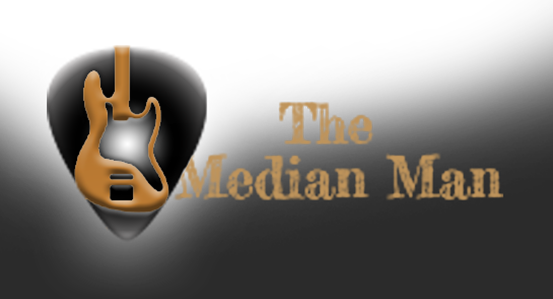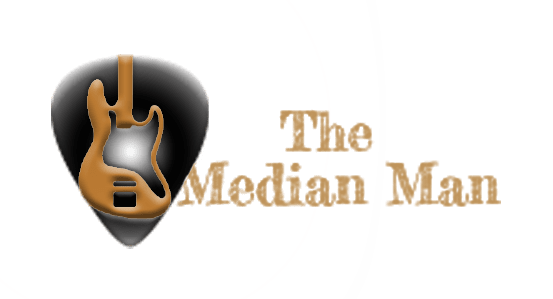What inspired the name of the band? What are your influences and are they the same as when you started out?
The name SAD actually came from an experience I had with a psychiatrist. I was going through the worst emotional period of my life and went to see a doctor, hoping for some clarity—or at least something to help me cope. I explained everything I was feeling, the weight of a breakup, the sense of loss, the spiral I was in. Instead of addressing the experience itself, he just attributed it all to Seasonal Affective Disorder. And sure, maybe that was part of it, but the pain wasn’t just a seasonal shift—it was real, it was circumstantial, and it wasn’t something I could just write off as a chemical imbalance. The way he brushed past the actual experiences that led to my emotions felt almost comical, and that irony stuck with me. If he was going to blame everything on SAD, then I might as well do the same when I wrote about it. That’s how the project was named. Regardless of what it was due to, I was sad so the name just worked out on all fronts.
Musically, SAD pulls from a lot of different influences—pop, rock, R&B, and singer-songwriter elements all mixed together. Artists like Jon Bellion, Ed Sheeran, Ryan Tedder, Stevie Wonder, and Michael Jackson have always been huge inspirations in how I approach melody and storytelling.
How do you approach songwriting and why?
With SAD, I wanted the album to feel like an emotional cycle—one that captures the ups, downs, and everything in between. A lot of the songs started out as fragmented thoughts, just things I was trying to work through in my own head. Then, as I pieced them together, I noticed recurring themes: heartbreak, self-doubt, nostalgia, and the way we try (and sometimes fail) to move forward. I try to write in a way that is deeply personal but still open-ended enough for other people to connect with and see themselves in it.
Writing music is how I make sense of things. It’s always been the best way for me to process emotions, even before I fully understood what I was feeling. But beyond that, I write because I know how much music has helped me through my own struggles, and I want to create something that does the same for other people. I don’t just want to write about emotions—I want to write songs that feel like emotions, where every part of the song, from the production to the lyrics to the melody, reflects the feeling I’m trying to capture.
How do you approach songwriting and why?
With SAD, I wanted the album to feel like an emotional cycle—one that captures the ups, downs, and everything in between. A lot of the songs started out as fragmented thoughts, just things I was trying to work through in my own head. Then, as I pieced them together, I noticed recurring themes: heartbreak, self-doubt, nostalgia, and the way we try (and sometimes fail) to move forward. I try to write in a way that is deeply personal but still open-ended enough for other people to connect with and see themselves in it.
Writing music is how I make sense of things. It’s always been the best way for me to process emotions, even before I fully understood what I was feeling. But beyond that, I write because I know how much music has helped me through my own struggles, and I want to create something that does the same for other people. I don’t just want to write about emotions—I want to write songs that feel like emotions, where every part of the song, from the production to the lyrics to the melody, reflects the feeling I’m trying to capture.
Live?
Live shows are about storytelling just as much as the album itself. I try to build a setlist that takes people on a journey—balancing high-energy moments with quieter, more intimate ones. Some songs get reworked to fit that setting better—maybe they need a more stripped-down arrangement, or maybe they need a bigger, more dramatic production to really hit the way they should. It all depends on what brings out the most emotion.
What plans do you have for the future?
SAD was the first full project, but it was just the beginning of something bigger. Since then, I’ve been working on refining the Experience Albums concept—using music, storytelling, and animation to create fully immersive artistic experiences. I’m also studying relationship psychology, which I know will play a huge role in my writing moving forward. The goal is to keep pushing boundaries, challenging the way people engage with music and storytelling, and creating projects that leave a lasting impact.

